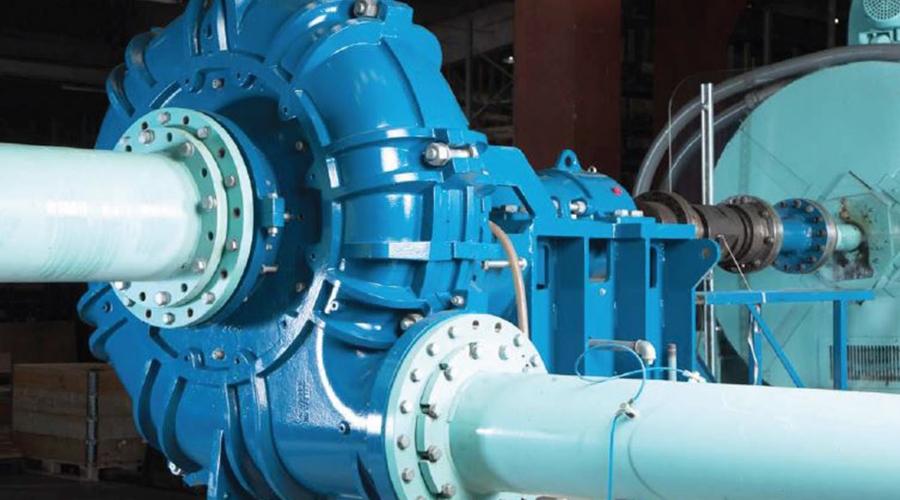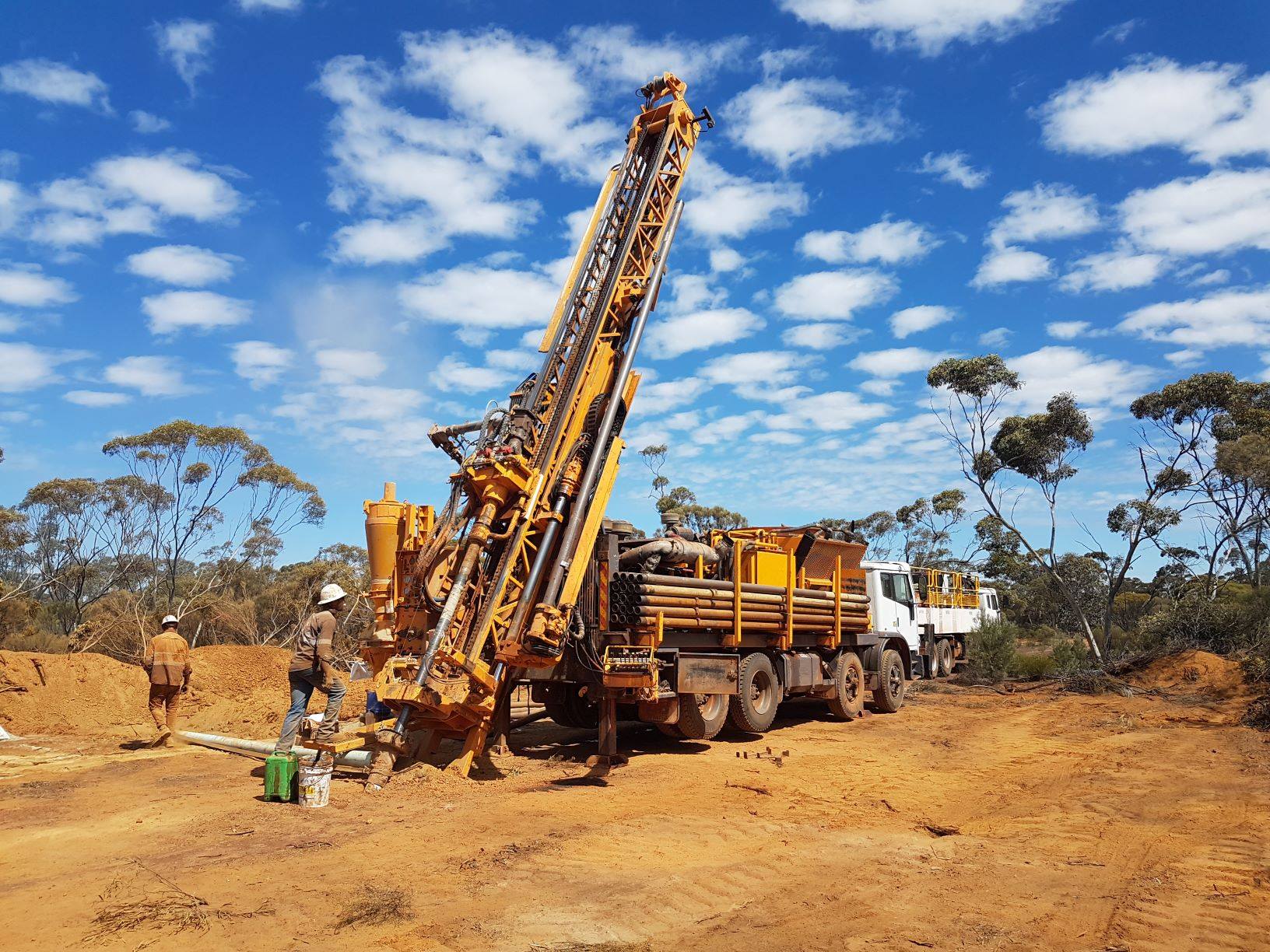How Metso’s global solutions are changing today’s mining industry

This is an adaptation of the article ‘How Metso’s global solutions are changing today’s mining industry,’ originally published in Pump Engineer magazine, October 2016 issue. The author of the original article is Sarah Schroer.
While Metso has had a slurry pump line for years, the new MDM (hard metal) and MDR (rubber-lined), are the latest additions to their complete range of heavy-duty slurry pumps and the first that are specifically designed for mill discharge services and applications. The new mill discharge pump or better known as the MD pump, incorporates features and benefits that address the most aggressive application in a mining mill circuit, which also happens to be the most concentrated, most abrasive application for a pump in a mine. At the discharge of the mill, the slurry is the most abrasive and is usually at its highest concentration and volume. High wear is normal for this service; it requires a very large and robust pump, making it a big power consumer. It’s the heart of the mine’s mill circuit.
While the pump can be used for any heavy-duty slurry applications, it is designed primarily for mining applications at the downstream side of the mills where the primary crushing of the ore takes place. For this reason, the MD pump is specifically designed to handle high abrasion. It is large in size in order to handle large volumes of slurry and to keep the rotating speed as low as possible.
Designed for modern mining
 Special design parameters have been put in place for this new line of pumps since the mills and crushers in today’s mining industry are much larger than they once were. Today they have to process more earth to get the same amount of desired ore. Consequently, the pumps have to be bigger. Metso’s MD line is designed around today’s sized mills in order to efficiently accommodate typical flows.
Special design parameters have been put in place for this new line of pumps since the mills and crushers in today’s mining industry are much larger than they once were. Today they have to process more earth to get the same amount of desired ore. Consequently, the pumps have to be bigger. Metso’s MD line is designed around today’s sized mills in order to efficiently accommodate typical flows.
The new line features a consistent hydraulic design that is based on a maximum inlet velocity of 5.5 m/s, which helps to reduce the amount of wear on the pumps and gives them a longer operational capability. The new line also has a defined minimum aspect ratio, which makes the pumps slightly larger, slows them down and gives them longer life. Typically, in slurry applications pump wear increases by the square of the speed change. The faster it goes, the faster the wear components will fail. Likewise, the slower it goes, the longer the life expectancy of the wear parts. With the new line of MD pumps, customers get the best product available.
What sets Metso’s pumps apart from its competitors is the modern design criteria: Metso has gone beyond combining and re-releasing technology based on prior designs. Its solution is more efficient, lasts longer and reduces operating costs. Along with the power savings, water consumption has also been reduced – thanks to the sealed pump shafts. The two highest costs in a mine are water and power; with that in mind, the new MD line is designed to minimize consumption of both of these utilities, thereby lowering the cost per ton for processing ore.
The MD pump boasts higher overall efficiencies, resulting in lower power consumption, longer wear life and greater process uptime for the end user. Additionally, the customer receives a comprehensive operational analysis that takes multiple factors into account in order to give the very best solution possible.
Top quality standards
Metso performs extensive engineering and quality reviews on all of its designs, both from a technical standpoint as well as with the supply chain. A ‘manufacturing lite’ business model is used, meaning that Metso relies on an extensive global supply chain, as opposed to having large factories. Finished parts that are made to our design, drawings and specifications are then checked by both the vendor and by Metso.
Metso has extensive testing facilities for its pumps in Sala, Sweden. All of the pumps that are manufactured there can be tested in accordance with both the Hydraulic Institute standards and ISO 9906 for hydraulic performance testing. Metso’s design concept is comprehensive, with safety and quality fundamental parts of the process.
{{ commodity.name }}
{{ post.title }}
{{ post.date }}

Comments